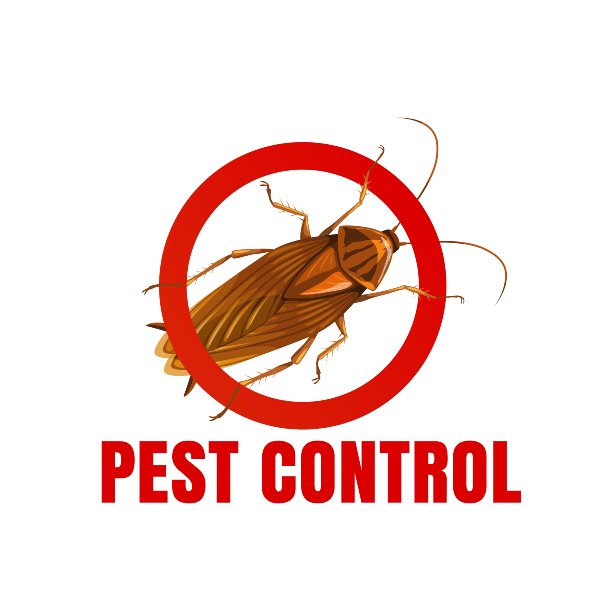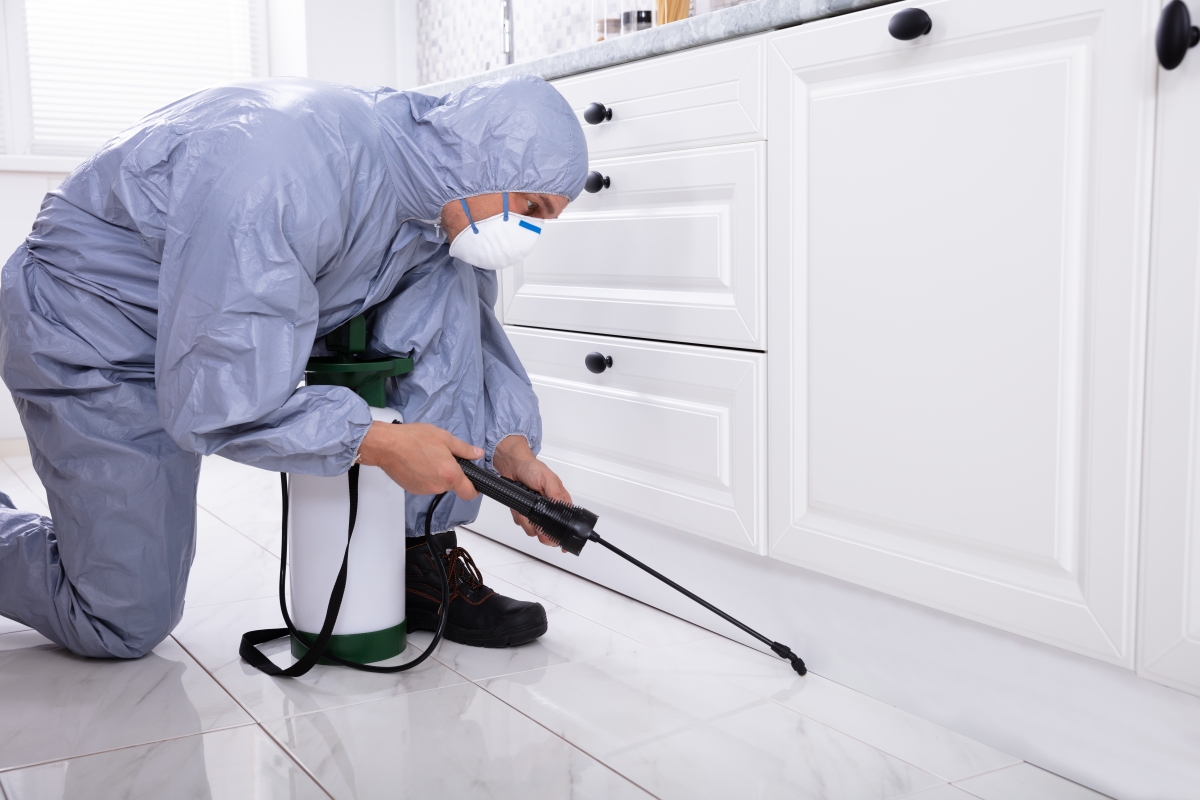Safe and Trustworthy Bug Control for Lasting Protection
Effective insect administration needs a multifaceted method that balances ecological stability with the demand for effective bug reductions. The subtleties of these techniques might not be quickly clear, prompting a more detailed assessment of the practices that can lead to sustainable bug control end results.
Understanding Bug Control Methods
Insect control includes a selection of approaches focused on handling and eliminating undesirable insects and rodents that can threaten both health and home. Recognizing these approaches is crucial for effective pest management.
The key categories of pest control methods include mechanical, biological, and chemical approaches. Mechanical techniques entail physical obstacles and traps to avoid bug entrance and capture undesirable types. For circumstances, utilizing screens on windows or employing sticky catches can significantly reduce pest populaces without presenting unsafe compounds.

Chemical pest control is often one of the most recognized approach, utilizing chemicals to eliminate bugs. These chemicals can be effective yet should be made use of with care to prevent adverse impacts on non-target species and the setting.
Benefits of Eco-Friendly Solutions
Exactly how can eco-friendly services change bug control methods? The adoption of environment-friendly bug control techniques uses countless benefits, significantly improving the effectiveness and safety and security of pest monitoring.

An additional advantage is the positive influence on regional biodiversity. Environment-friendly services are designed to target particular pests while maintaining helpful bugs and wild animals, advertising a balanced ecological community. This technique lines up with the expanding consumer need for sustainable techniques, enhancing the reputation of parasite control providers.
Integrated Bug Management Methods
The implementation of green remedies naturally causes the adoption of Integrated Parasite Administration (IPM) techniques, which better boost insect control efficiency. IPM is a holistic method that incorporates multiple strategies to take care of bug populaces while minimizing environmental influence. This approach emphasizes making use of organic, social, mechanical, and chemical controls, ensuring a balanced and sustainable approach of pest monitoring.
One fundamental aspect of IPM is the thorough assessment of insect task and ecological conditions. By monitoring pest populations and determining their life cycles, professionals can apply targeted treatments that disrupt the insect's environment or lifecycle, minimizing dependence on chemical pesticides. In addition, social practices such as crop rotation and environment adjustment can considerably reduce bug facility and reproduction.
An additional crucial part is using organic control representatives, such as helpful pests or microbes, which can normally reduce bug populations. When chemical applications are required, IPM prioritizes the usage of low-risk chemicals and uses them uniquely, decreasing direct exposure to non-target organisms and humans.
Incorporating IPM strategies not only boosts parasite control efficiency however also advertises a safer ecological community, straightening with the expanding demand for lasting methods in insect management.
Safe Practices for Property Owners
Recognizing the value of secure techniques in pest control can empower house owners to properly handle pest concerns while protecting their health and the setting. Executing non-toxic approaches and safety nets is critical in decreasing direct exposure to hazardous chemicals.
House owners need to initially examine their setting for conditions that attract bugs, such as standing clutter, water, and food waste. Frequently cleansing and securing entry points can discourage pests from attacking the home. Using all-natural deterrents, such as necessary oils or diatomaceous earth, can supply reliable alternatives to chemical pesticides.
When chemical therapies are essential, property owners ought to go with items that are especially classified as safe for domestic use. It is necessary to adhere to application standards diligently to stay clear of too much exposure. Using targeted treatments in areas where parasites are identified, instead than covering splashing, can substantially minimize chemical use.
Lastly, maintaining open communication with parasite control specialists is crucial. House owners must ask about the safety of products made use of and demand green choices whenever feasible. By website link embracing these safe methods, house owners can create a much healthier living atmosphere while effectively managing bug issues.

Tips for Long-Term Security
Establishing a pest monitoring method that find more info emphasizes lasting protection can greatly boost the efficiency of the secure methods previously reviewed. To accomplish this, homeowners must implement routine inspections of their home, concentrating on hidden locations such as attics, basements, and crawl rooms. Early detection of bug activity is critical in stopping infestations from taking hold.
In addition, maintaining a clean setting is vital. This includes correct food storage, immediately cleansing spills, and routinely dealing with rubbish. These practices minimize attractants that attract insects right into the home. Additionally, securing access points, such as fractures around doors and home windows, can effectively obstruct potential insect accessibility.
Landscape design should also be thought about; maintaining plants cut and keeping a distance between plants and the home lessens concealing areas for insects. Using natural deterrents, such as vital oils or diatomaceous planet, can further discourage infestations without resorting to rough chemicals.
Last but not least, collaborating with a specialist parasite control solution for routine assessments can offer an added layer of protection. These professionals can provide tailored referrals and advanced treatments, ensuring that your home continues to be shielded against pests in the lengthy term.
Verdict
In final thought, secure and trusted pest control calls for a diverse approach that stresses green methods and incorporated bug management. By applying natural deterrents, performing routine inspections, and keeping correct cleanliness, building owners can significantly minimize pest populations while protecting helpful pests and the environment. Cooperation with professional parasite control services improves the performance of these techniques, making certain tailored remedies that offer enduring protection and peace of mind versus future infestations.
Efficient parasite monitoring needs a complex approach that balances environmental honesty with the need for efficient parasite reductions. The fostering of environment-friendly parasite control methods provides many advantages, considerably boosting the performance and security of parasite monitoring.The implementation of environmentally friendly options normally leads to you could check here the fostering of Integrated Parasite Administration (IPM) strategies, which even more improve bug control effectiveness. exterminator coquitlam. By monitoring bug populaces and identifying their life cycles, practitioners can execute targeted interventions that interrupt the bug's environment or lifecycle, lowering dependence on chemical pesticides.In verdict, secure and dependable insect control requires a multifaceted approach that emphasizes environment-friendly approaches and integrated insect administration